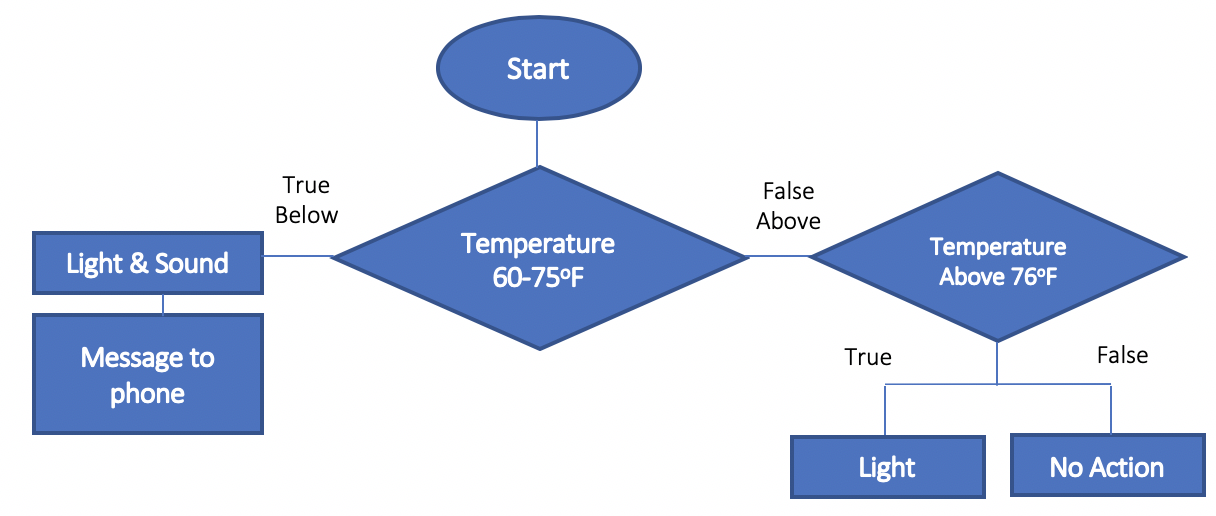Why the temperature matter?
Most plants grown indoors are native to tropical or sub-tropical countries where temperature conditions are considerably and consistently warmer than what most of outdoor plants reside.
They grow at their best when temperature is between 60-75 °F. Some plants need less, and other’s need more, but plants grow well in this range in general. When temperature goes up, typically the plants need more moisture to accommodate the heat. Plants survive if adequate amount water is provided to their environment in hot weather. However, plants are endangered when temperature goes under 60 °F because the cold temperature damage plants significantly and even causes death.
